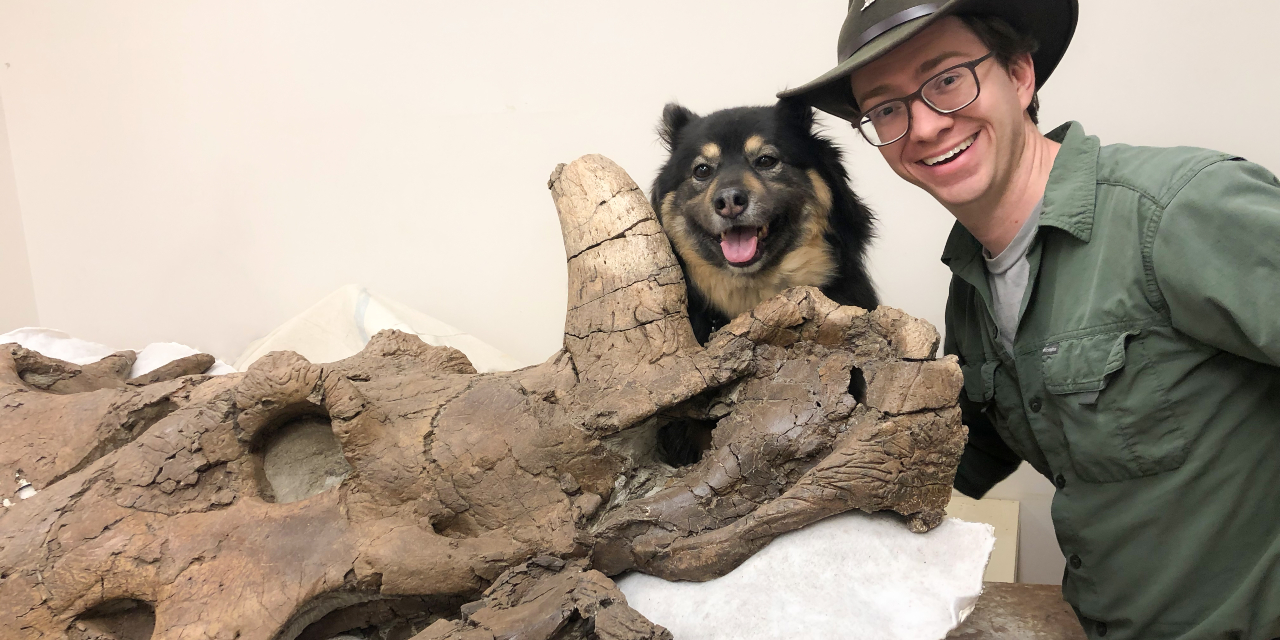A team of researchers at the University of Alberta has unearthed a well-preserved Styracosaurus skull with facial imperfections that could change how paleontologists identify new species of dinosaurs.
"When parts of one side of the skull were missing, paleontologists have assumed that the missing side was symmetrical to the one that was preserved," explained paleontologist Scott Persons, who was a graduate student at the U of A when he discovered the skull in 2015 during an expedition in the Alberta badlands northwest of Dinosaur Provincial Park.
"Turns out, it isn't necessarily. Today, deer often have left and right antlers that are different in terms of their branching patterns. (This fossil) shows dramatically that dinosaurs could be the same way."
Nicknamed Hannah, the dinosaur was a Styracosaurus-a horned dinosaur over five metres long with a frill of long horns.
The differences in the skull's left and right halves are so extreme that if the paleontologists had found only isolated halves, they might have concluded they belong to two different species.
Hannah shows that the pattern of dinosaur horns could vary significantly-meaning some fossils that were once assumed to be unique species will have to be re-evaluated, noted U of A paleontologist Robert Holmes, who led the study.
Creating a digital dinosaur
Tradition dictates that the person who finds an important dinosaur specimen gets to give it a nickname.
"Hannah the dinosaur is named after my dog," explained Persons, now a professor and museum curator at the College of Charleston. "She's a good dog, and I knew she was home missing me while I was away on the expedition."
Despite the nickname, paleontologists have no way of knowing whether the dinosaur was female. But they have learned other details from the skull through a partnership with U of A engineering researchers.
"Ahmed Qureshi and graduate student Baltej Rupal assisted us in performing a 3-D laser scan of the skull," said Persons. "That let our publication include a digital reconstruction, allowing scientists all over the world to download the 3-D model and inspect it in detail.
"This is the future of paleontological collections: digital dinosaurs."
The study, "Morphological Variation and Asymmetrical Development in the Skull of Styracosaurus albertensis," was published in Cretaceous Research.
